In today's fast-paced world, ensuring customer satisfaction is more crucial than ever for businesses striving to stand out. Implementing a user satisfaction improvement plan not only enhances client experiences but also fosters long-lasting relationships built on trust and reliability. By actively seeking feedback and adapting to the needs of users, companies can create a thriving environment for both customers and employees alike. Curious to learn more about how to craft an effective improvement plan? Read on!

Clear Objective Statement
Improving user satisfaction is essential for enhancing the overall experience within software applications. This objective focuses on increasing user engagement (measured by a 20% rise in active users) and decreasing churn rate (targeting a reduction of 15% over the next six months) by implementing a comprehensive feedback system. This system will collect user opinions directly through in-app surveys and focus group sessions. Analyzing this data will guide further enhancements in user interface design (UI) and user experience design (UX) aspects, addressing specific pain points identified by users in key metrics such as Net Promoter Score (NPS) and Customer Satisfaction Score (CSAT). Regular monitoring of these improvements will ensure strategic adjustments align with user expectations, ultimately creating a more satisfying and engaging software experience.
Relevant Stakeholder Identification
Identifying relevant stakeholders is crucial for enhancing user satisfaction within an organization. Key participants include customers, whose feedback drives service and product adjustments, and employees, who embody the brand experience due to their direct interactions with users. Management teams play a significant role in decision-making and resource allocation while ensuring alignment with overall business goals. Additionally, user experience researchers contribute valuable insights into behavioral patterns, revealing areas for improvement. Collaborating with marketing professionals helps communicate changes effectively. Lastly, involving tech support teams can bridge gaps between user expectations and technical realities, ensuring a holistic approach to satisfaction enhancement.
Specific Action Steps
To enhance user satisfaction, clear strategic action steps must be implemented. First, conduct comprehensive user feedback surveys (targeting over 1,000 users) to identify common pain points and areas for improvement. Analyze survey data using sentiment analysis software, identifying specific trends in customer complaints. Next, establish a dedicated user experience (UX) team in the headquarters located in San Francisco, specializing in interface design and usability testing. Schedule regular user testing sessions (at least once a month) to gather live feedback on new features. Additionally, implement a customer support training program focusing on empathy and resolution techniques, aiming to reduce average response times to under 24 hours. Finally, introduce a quarterly review process to assess the effectiveness of the changes, allowing for continual optimization of user interactions and satisfaction levels.
Performance Metrics and KPIs
A user satisfaction improvement plan focuses on enhancing the overall experience of users interacting with services or products. Establishing performance metrics and key performance indicators (KPIs) is crucial for tracking progress and identifying areas for improvement. Critical metrics include Net Promoter Score (NPS), measuring user loyalty and likelihood to recommend a service, and Customer Satisfaction Score (CSAT), which evaluates satisfaction levels immediately after a transaction. Monitoring the Customer Effort Score (CES) can provide insights into how easy or complicated the user experience is for completing tasks. Analyzing user feedback gathered through surveys and interviews identifies pain points and satisfaction drivers. Tracking resolution times and first contact resolution rates informs service efficiency, while monitoring website or app analytics through tools like Google Analytics reveals user interaction patterns. Collectively, these metrics create a comprehensive view of user experience, guiding strategies for continuous improvement and user engagement.
Timeline for Implementation and Review
A comprehensive user satisfaction improvement plan requires a detailed timeline for implementation and review stages to ensure effective execution and assessment of enhancements. Initial steps involve conducting a user satisfaction survey (Q1 2024), allowing for robust data collection on customer experiences and expectations. Analysis of survey results is scheduled for January 2024 to identify key areas for improvement. Following this, the development phase of targeted strategies commences in February 2024, focusing on specific pain points highlighted by user feedback. Implementation of these strategies is set for March 2024, including updates to customer service protocols and enhanced user interface designs. A periodic review of the impact of these changes will take place in July 2024, enabling adjustments based on user engagement metrics and satisfaction scores. Further evaluations will occur quarterly thereafter to refine processes continuously.

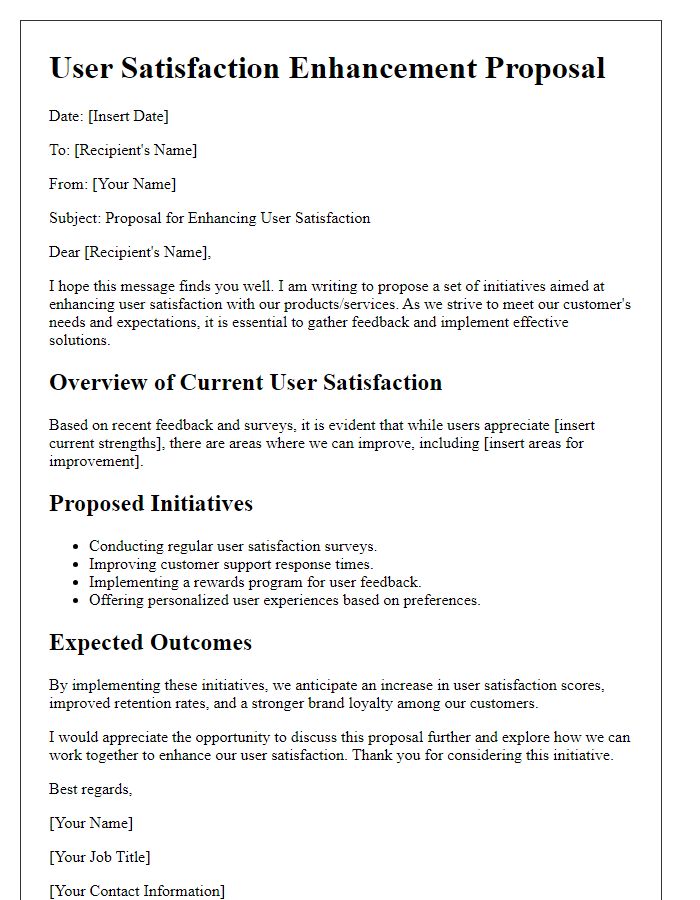
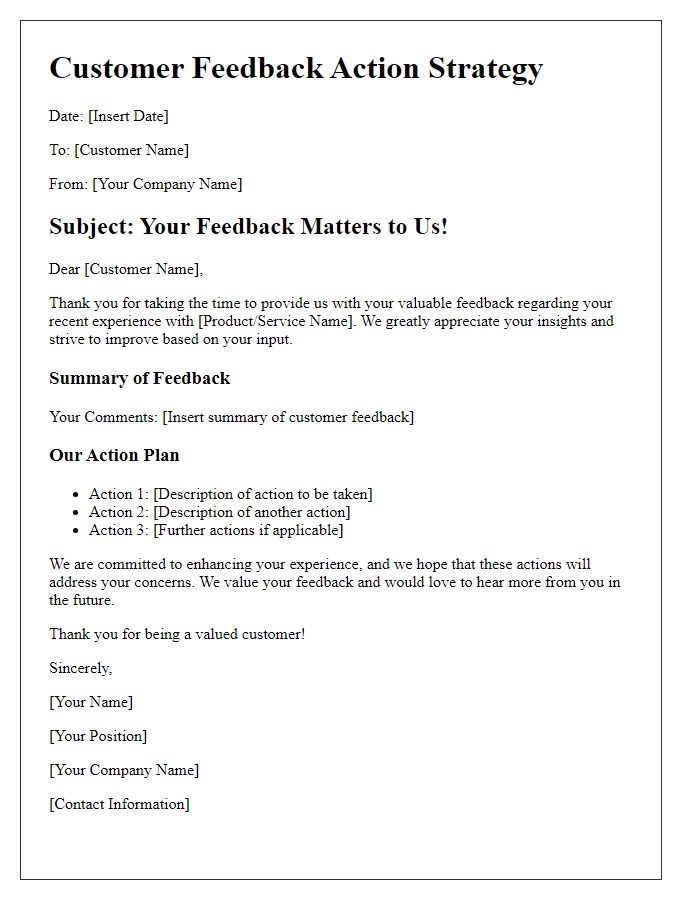
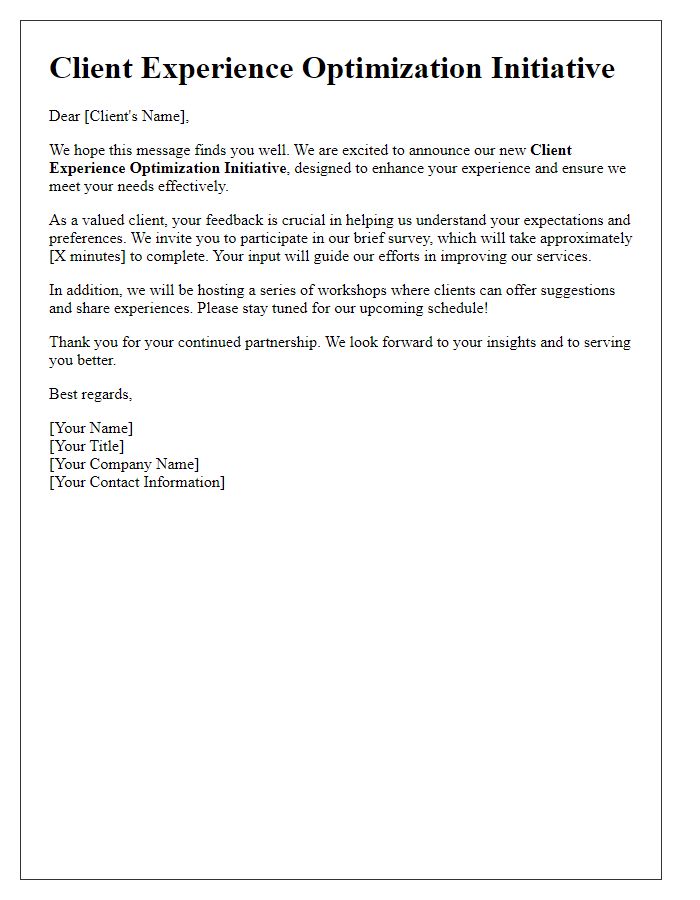
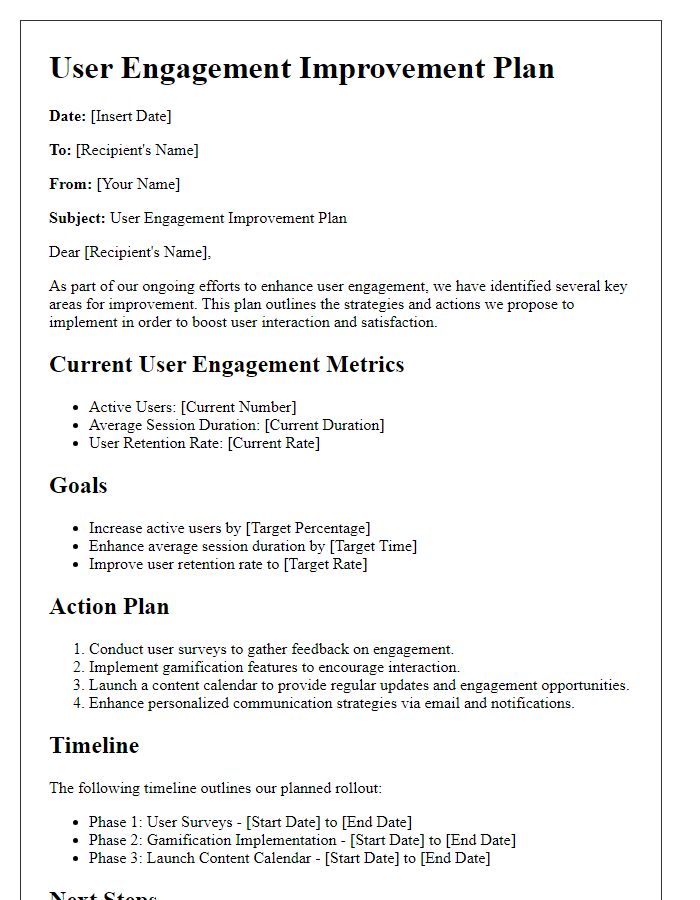
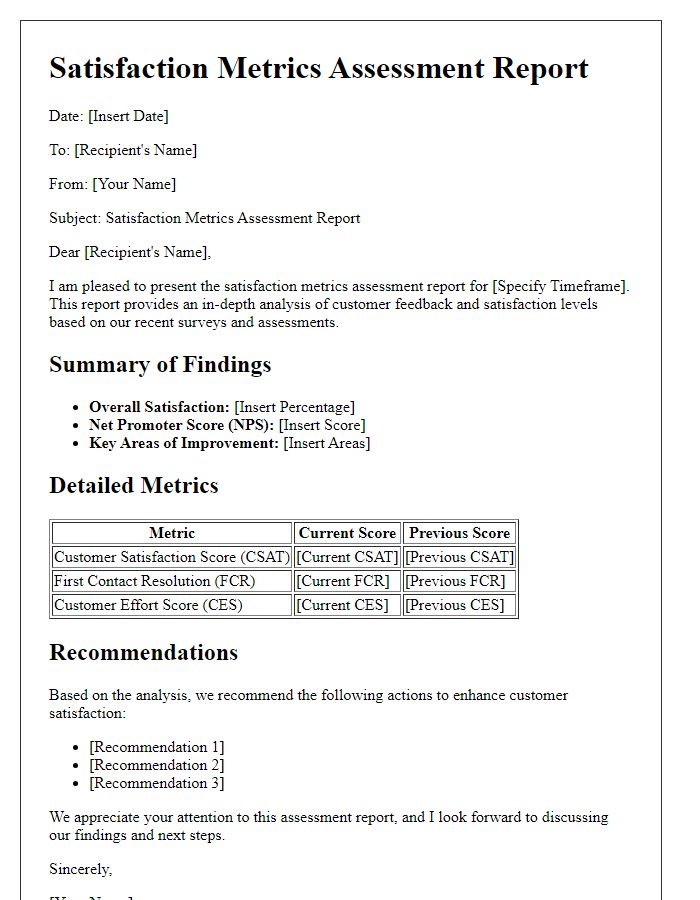
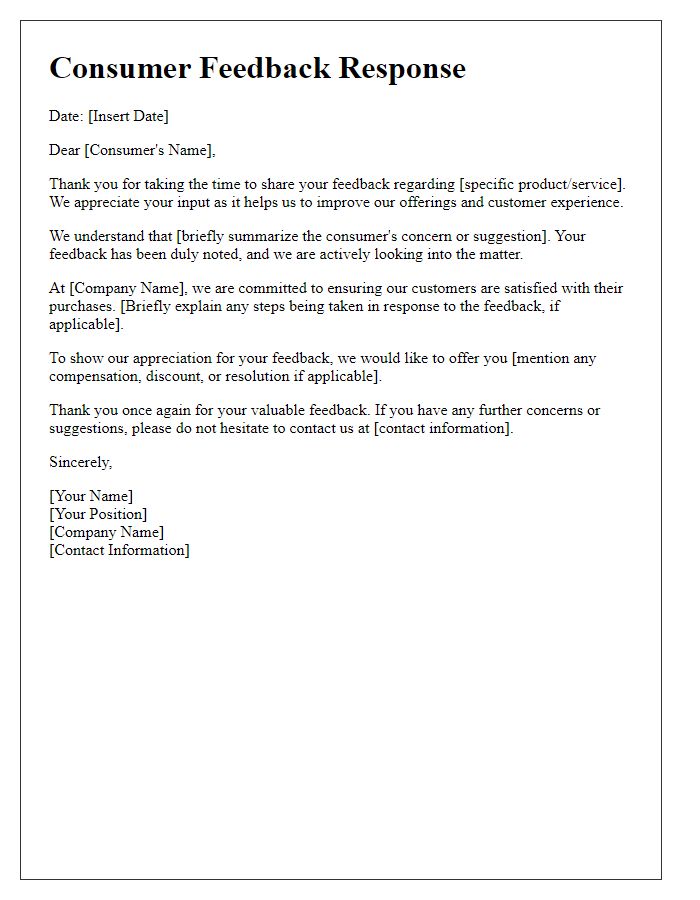
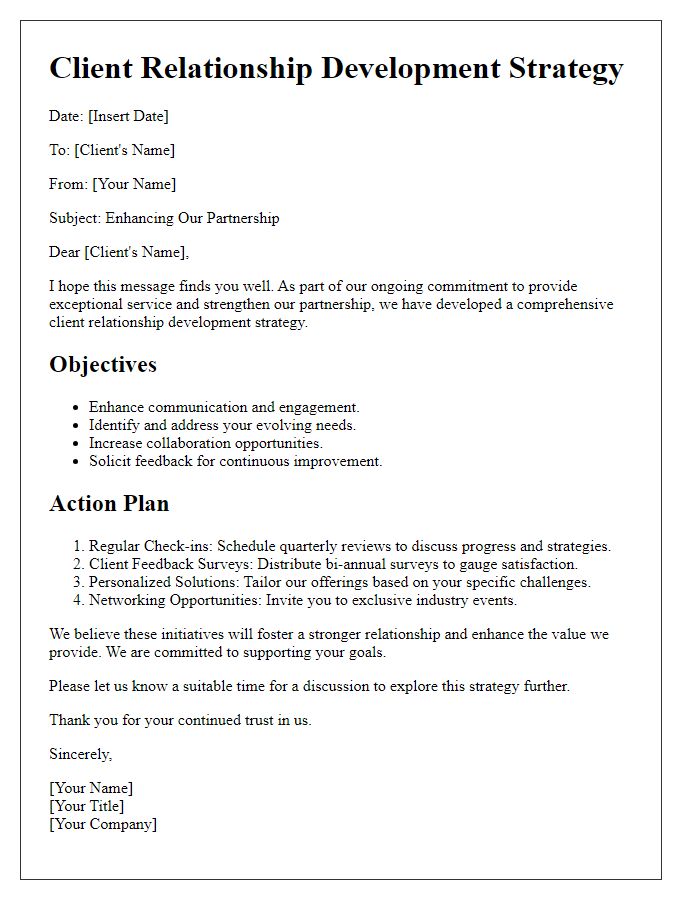

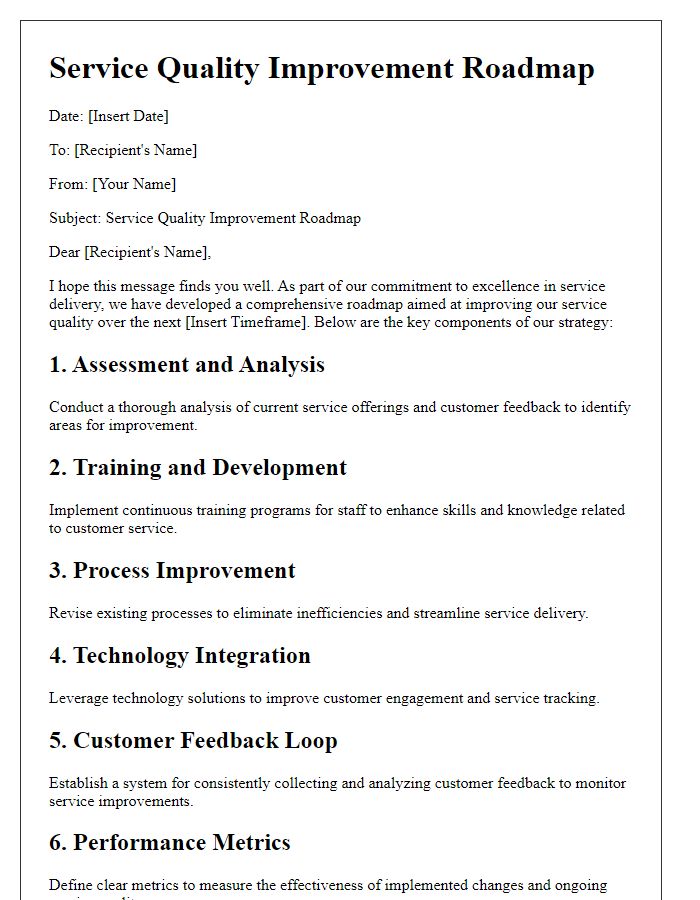
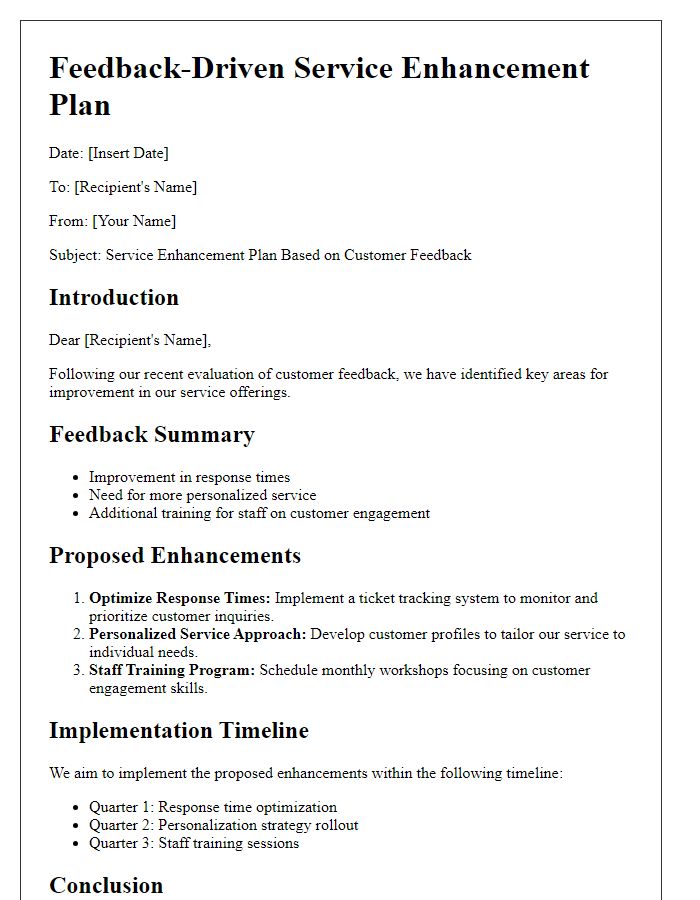





Comments